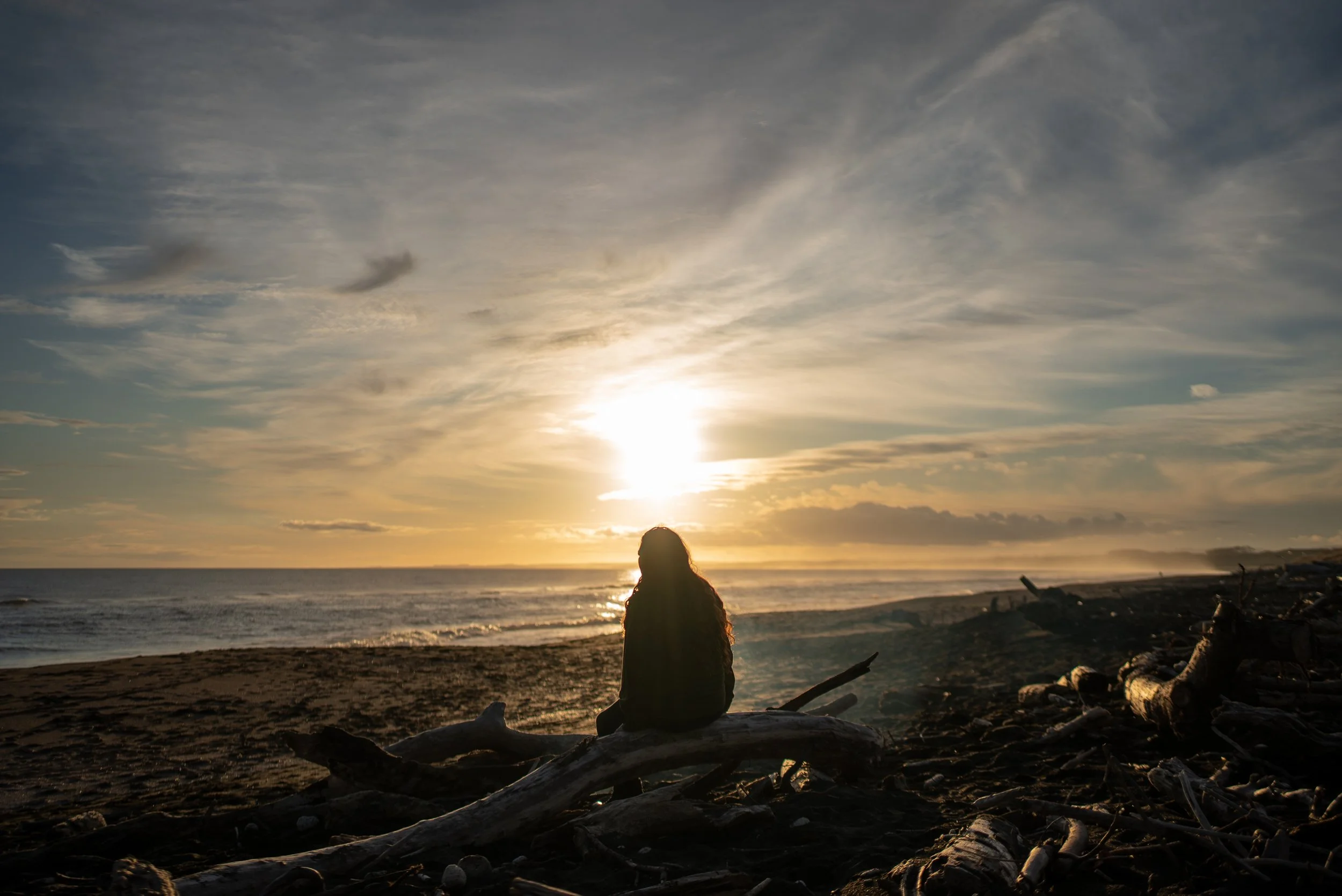Maramataka: Research, Rhythm, and a Daily Reminder
Maramataka, the Māori lunar calendar, is more than a way of marking time - it is a living system that connects people to the natural world, te taiao. For generations it has guided planting, fishing, harvesting, wānanga, and rest. Today, it is at the heart of a growing movement that restores Indigenous knowledge systems as essential strategies for wellbeing and prevention.
Maramataka is not static or symbolic; it is a daily practice. Each phase of the moon carries its own energy, shaping the best times to reflect, act with urgency, gather, or retreat. By tuning into these rhythms, whānau can anticipate shifts in wellbeing and respond before harm escalates. This is prevention in its truest form - harm reduced before it takes hold, guided by mātauranga Māori.
Research in Our Region
In the Whanganui, Rangitīkei, and Ruapehu rohe, Healthy Families has been working since 2017 to explore how Maramataka can shape better wellbeing outcomes. Foundational data collected over five years showed more than 15,000 crisis incidents and $418 million spent on responses in our communities. When mapped against the lunar calendar, clear patterns began to emerge.
By 2020, early observations during COVID-19 revealed a correlation between certain moon phases - particularly Turu and Korekore and peaks in mental distress and suicide cases. This insight prompted deeper investigation.
From 2021 onwards, we launched the Collaborative Design of Mental Health & Addictions Initiative, bringing together iwi, whānau, government, clinicians, and researchers. The goal: to integrate mātauranga Māori and clinical data into a unified framework for prevention.
Prototypes developed between 2022–2024 trialled Maramataka as a predictive model for understanding crisis. With contributions from kaimahi observations and whānau voice, we began to see how emotional and energetic intensities align with lunar phases and how this knowledge could transform how we prevent harm.
By 2025, these prototypes informed the creation of practical tools such as crisis phase personas, whānau wellbeing resources, and advocacy pathways to integrate Maramataka into mainstream services.
From Knowledge to Practice
Out of this journey comes a small but powerful step: the Maramataka notification bar at the top of our new website. Updated daily, it offers reflections specific to our Whanganui, Rangitīkei, and Ruapehu region, encouraging all of us to pause and live in rhythm with te taiao.
It is a modest feature, but an important one. By embedding Maramataka into everyday spaces - even a website - we are normalising Indigenous time as a guide for health and wellbeing. It is a daily reminder that prevention starts not with crisis response, but with listening, noticing, and aligning ourselves with the rhythms of the natural world.


